Differences Between Instinctive Behavior And Learning Behavior
The key difference between Instinctive behavior and learning behavior is that Instincts enable a person to respond to specific stimuli. Learning is an acquired behavior that depends upon the intelligence of humans and animals.
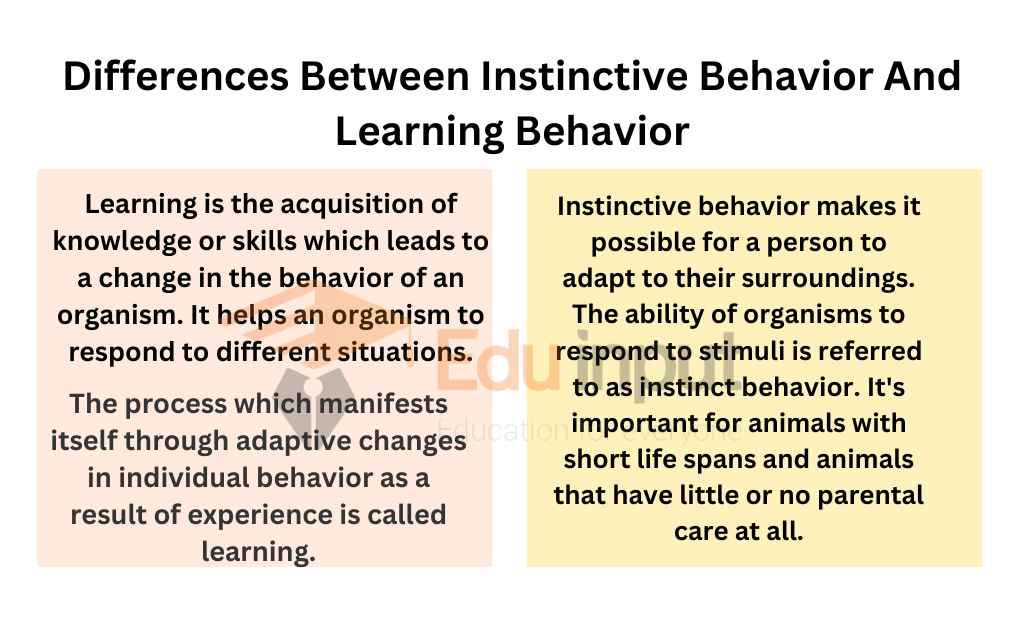
Learning Behavior
The change of behavior to life experiences is called learning. Thorpe defines learning in the following words: the process which manifests itself through adaptive changes in individual behavior as a result of experience is called learning. Learning is the acquisition of knowledge or skills which leads to a change in the behavior of an organism. It helps an organism to respond to different situations.
Instinctive Behavior
This type of behavior makes it possible for a person to adapt to their surroundings. The ability of organisms to respond to stimuli is referred to as instinct behavior. It’s important for animals with short life spans and animals that have little or no parental care.
Differences Between Instinctive Behavior And Learning Behavior
Here are the key differences between Instinctive Behavior And Learning Behavior:
| Instinctive Behavior | Learning Behavior |
| Instinctive behavior depends on the heredity material of an animal. The animals are born with the right responses. These responses are built into the nervous system as part of its inherited structure. | This type of behavior depends on environmental influence. But the ability to modify its behavior depends on the heredity material. |
| Experience has no obvious influence on this type of behavior. | Experience has an obvious influence on this type of behavior. |
| Instinctive behavior depends on the selection during the history of species. Thus it helps in the adaptability of the organism in the environment. | This type of behavior depends on the selection during the history of the individual (during one’s lifetime). So it helps the organism for adapting to the given environment. |
| Instinct equips an animal with a sense of response. It has the advantage for animals with short life spans and with little or no parental care. | Learning can equip an animal with adaptive responses to its environment. It has advantages for those animals which have a long life span. |
| This type of behavior evolves slowly in the species. | This type of behavior evolves during the life cycle of the individual. But the ability of learning depends on the genetic basis of the individual. |
| It is favorable for the organisms having short life span. | The importance of learning is vital for those who have a long life span, Thus they can modify their behavior by previous experiences. |
| Examples: 1. Honeybees inherit the ability to form wing muscles and wings for flight. They inherit the tendency to fly toward flowers for seeking nectar and pollen. 2. The behavior of digger wasps is instinctive. But it learns certain things during its brief life. These are the locality of each of the nests, where it has to return after hunting. | Examples: 1. Conditioned reflex type I, The dogs learn to produce saliva on the ringing of the bell alone. 2. Trial and error learning: Cats learn to press the lever to open the door of the cage. 3. Crawling a snail on a sheet of glass learns that tapping has no harmful effect. It stops responding after a few early responses |

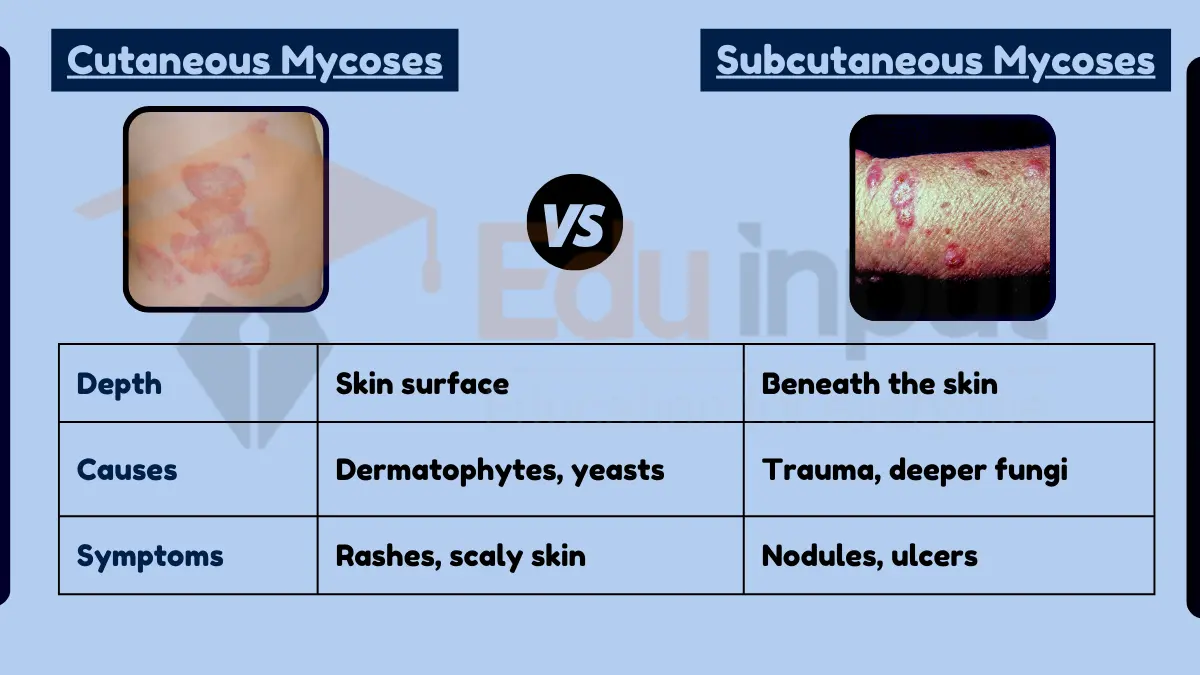
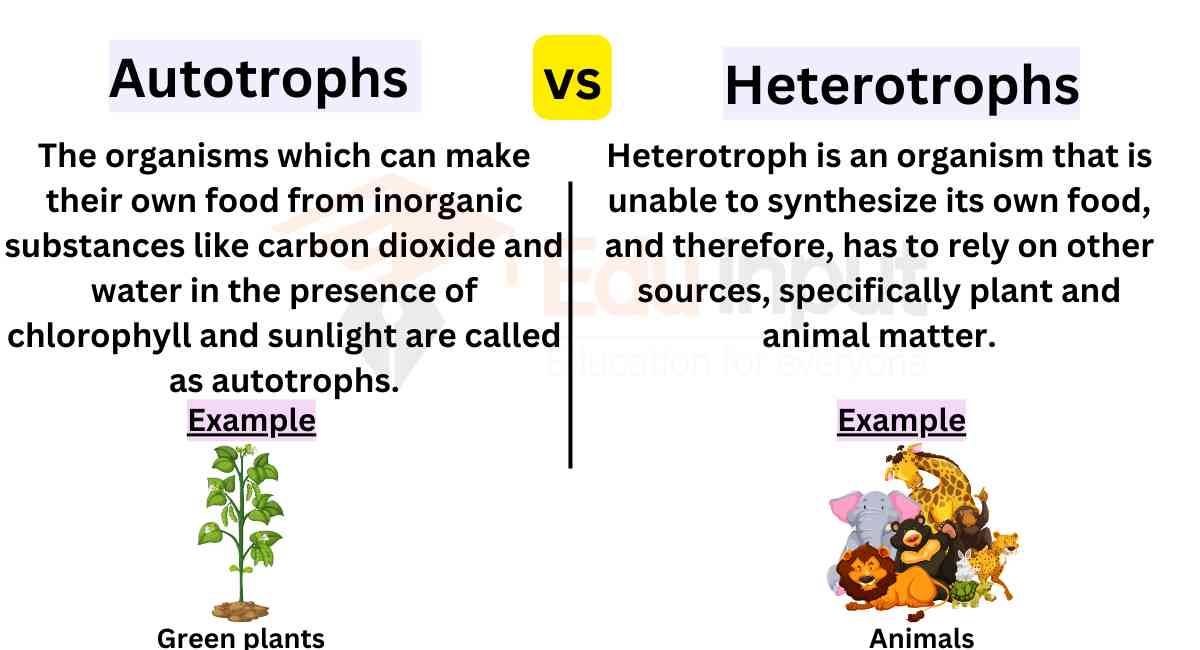
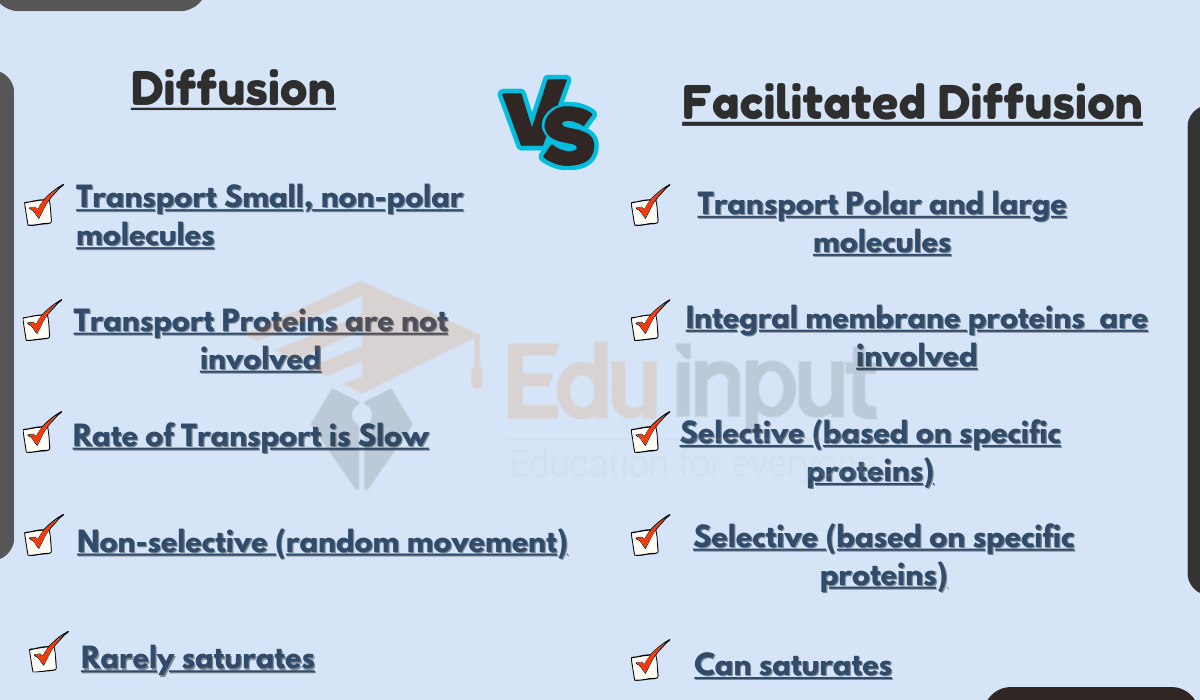
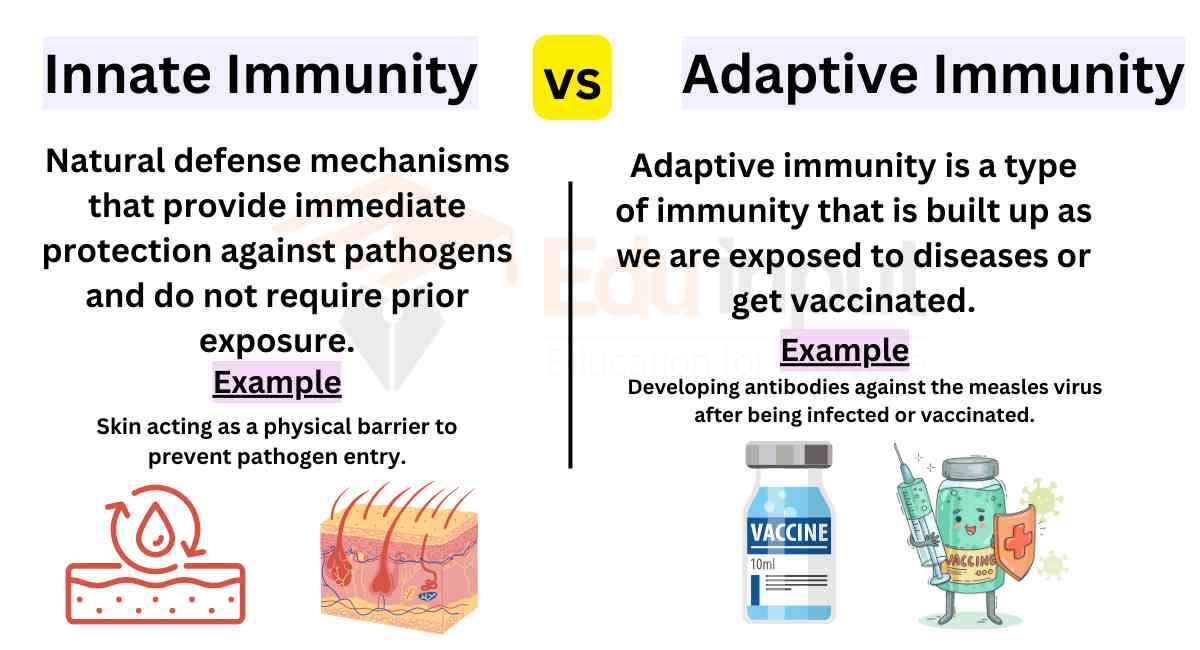


Leave a Reply